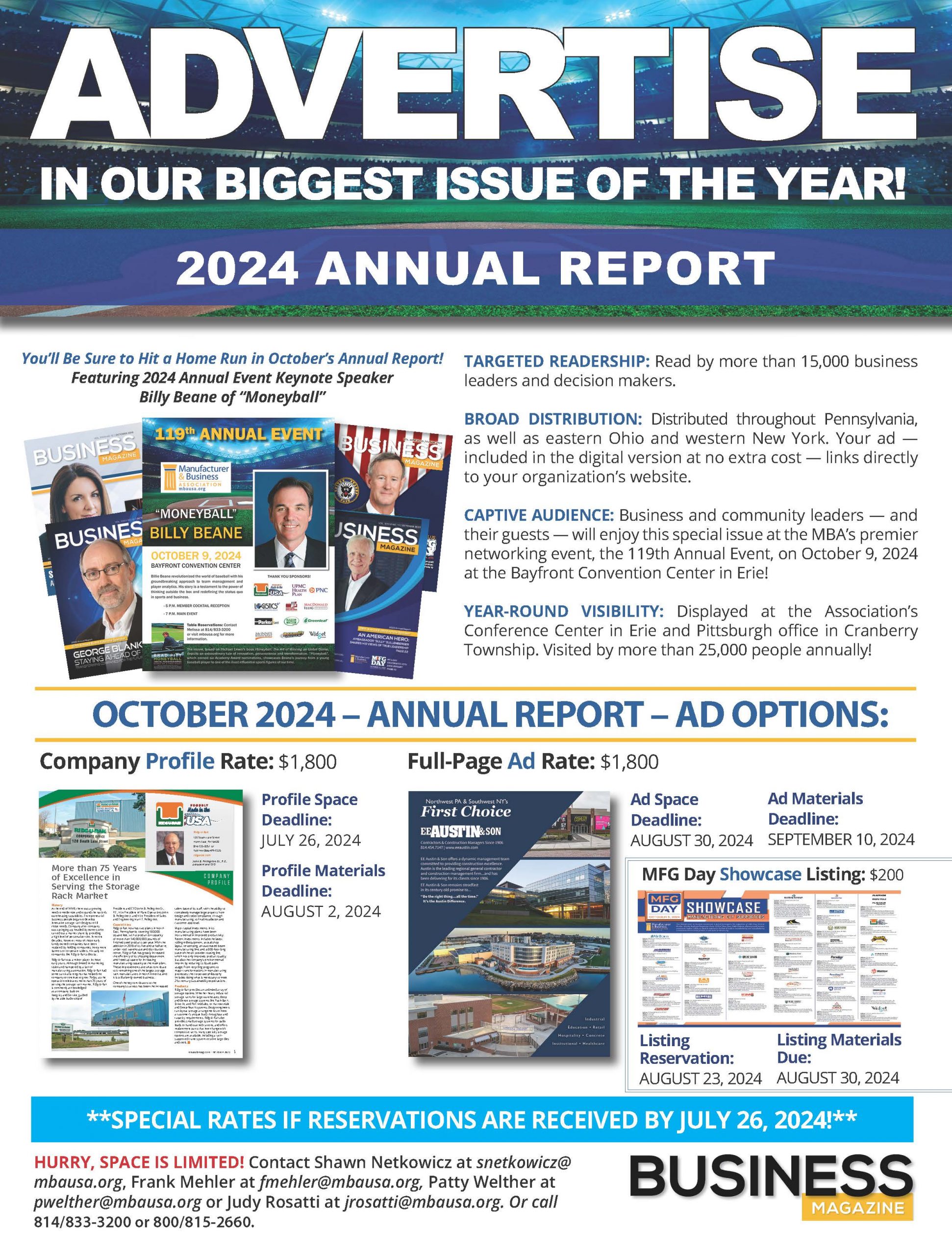Managers have a lot of responsibilities. They oversee employee production, efficiency, safety, attendance, deadlines, development, morale — the list goes on and on. The months of November and December can provide some relief and can be a nice distraction as we all enjoy the holiday season, but what happens when the holidays are over? January through March, the winter season, which brings with it colder weather and less daylight can take a toll on many. The pressure to accomplish more in these months, coupled with the fallout from the holiday season and financial pressures of a new year, causes people to struggle with their mental well-being.
Seasonal affective disorder (SAD), a recurring, seasonal depression that typically peaks during these months, can also play a role in declining mental health levels. SAD affects around 10 million people in the United States, and women are more likely to be
diagnosed, according to Psychology Today. Seasonal affective disorder symptoms range from difficulty concentrating, to changes in appetite and depressed mood, according to the American Psychiatric Association. It may also include thoughts of death or suicide, changes in sleep and feelings of guilt.
During these difficult months, leaders in your organization need to make a conscious effort to check in on their employees. Be on the lookout for low or negative moods, loss of interest and lack of motivation which are also major signs of depression.
Simply asking, “How are you?”, “How are you feeling?”, “Is there anything you need?” can be a step in the right direction. Talk to leadership about encouraging your staff to engage in self-care, which includes staying hydrated, eating nutritious meals, sleeping enough and incorporating some sort of physical activity in their daily routing.
For employees who work from home and lead sedentary lifestyles, it’s important to move around during the day, even if it’s just taking a walk or doing a five-minute stretch. The workplace culture would also benefit from holding planned staff events, team building or employee outings to break up the winter doldrums and provide an emotional jump-start to the new year. Remember: It’s not just a great resolution, but also a big boost for your organization too.
SURVEY SHOWS CONTINUING UPTICK IN WORKFORCE MENTAL HEALTH NEEDS
Mental health needs among workforces continued to climb in 2023, with 77 percent of large employers reporting an increase and another 16 percent anticipating one in the future, according to Business Group on Health’s 2024 Large Employer Health Care Strategy Survey.
This represents a 33 percentage-point surge over 2022, when 44 percent of employers saw an increase in employee mental health concerns.
The Business Group survey, released recently in Washington, D.C., also showed that cancer was still the top driver of large companies’ health-care costs while rising prescription drug costs also proved to be a leading concern.
Yet as businesses respond to the increase in mental health needs, grapple with soaring health care costs and address issues of health equity and affordability, they will continue to invest strategically in diverse health and well-being offerings for the year ahead, the survey also showed.
“Our survey found that in 2024 and for the near future, employers will be acutely focused on addressing employees’ mental health needs while ensuring access and lowering cost barriers,” said Ellen Kelsay, president and CEO of Business Group on Health.
A total of 152 large employers across varied industries, who together cover more than 19 million people in the United States, completed the survey between June 1, 2023, and July 18, 2023.
SAFETY COUNCIL LISTS TOP 10 OSHA VIOLATIONS OF 2023
The National Safety Council recently released the Top 10 OSHA violations for the year, the most frequently cited standards following inspections of worksites by federal OSHA for all industries.
These violations are published to alert employers about these commonly cited standards so they can take steps to find and fix recognized hazards addressed in these and other standards before OSHA shows up. The top 10 most frequently cited
standards for the fiscal year 2023 (October 1, 2022, to
September 30, 2023) are:
- Fall Protection, construction (29 CFR 1926.501) – 7,121 violations
- Hazard Communication, general industry (29 CFR 1910.1200) – 3,213 violations
- Ladders, construction (29 CFR 1926.1053) – 2,978 violations
- Scaffolding, construction (29 CFR 1926.451) – 2,859
violations
- Powered Industrial Trucks, general industry (29
CFR 1910.178) – 2,561 violations
- Lockout/tagout, general industry (29 CFR 1910.147) – 2,554 violations
- Respiratory Protection, general industry (29 CFR 1910.134) – 2,481 violations
- Fall Protection Training, construction (29 CFR
1926.503) – 2,112 violations
- Eye and Face Protection, construction (29 CFR 1926.102) – 2,074 violations
- Machinery and Machine Guarding, general industry (29 CFR 1910.212) – 1,644 violations.
To stay updated on the latest OSHA regulations and guidance, visit osha.gov.
Tracy Daggett, PHR,
is the manager of Professional Development Training Services at the Manufacturer & Business Association. Contact him at 814/833-3200, 800/815-2660 or tdaggett@mbausa.org.













